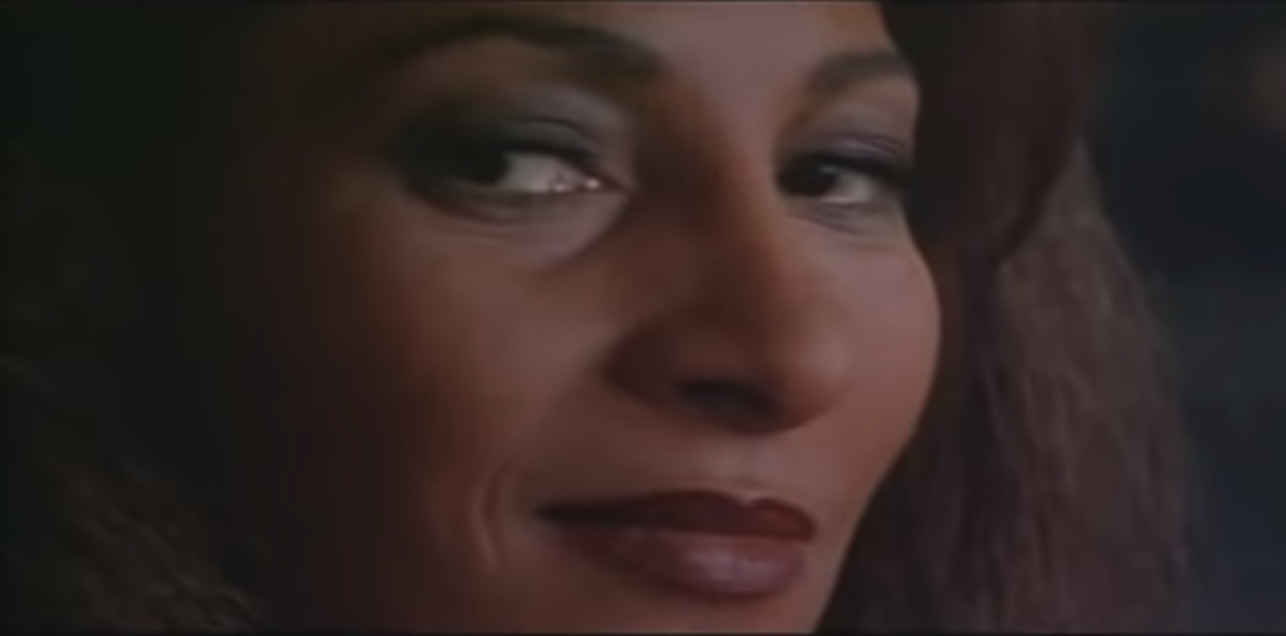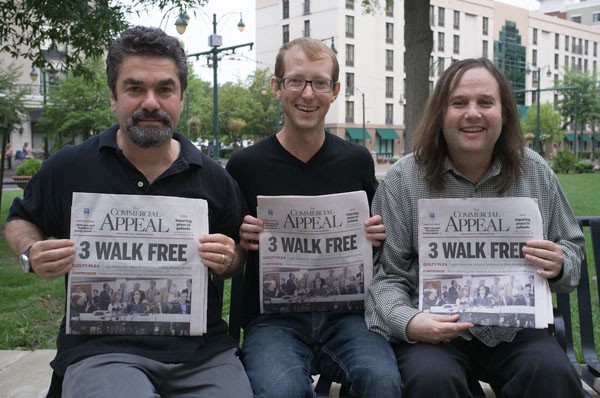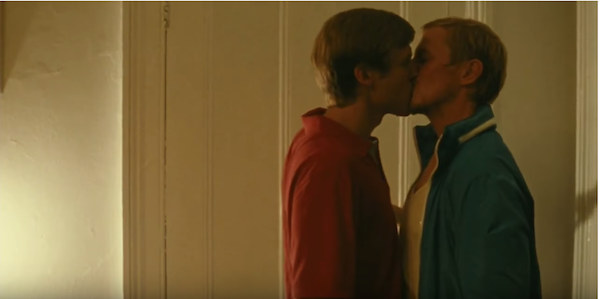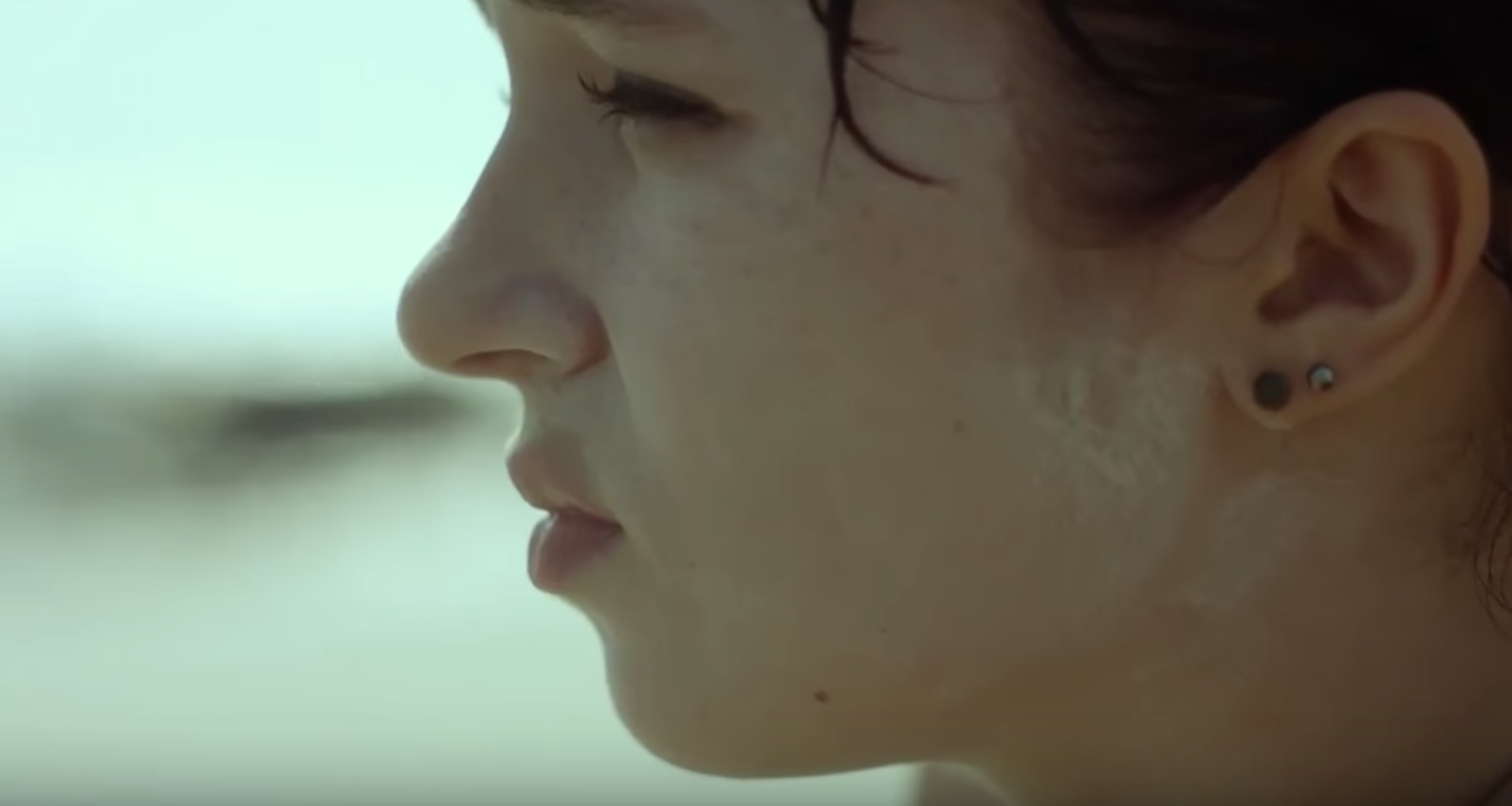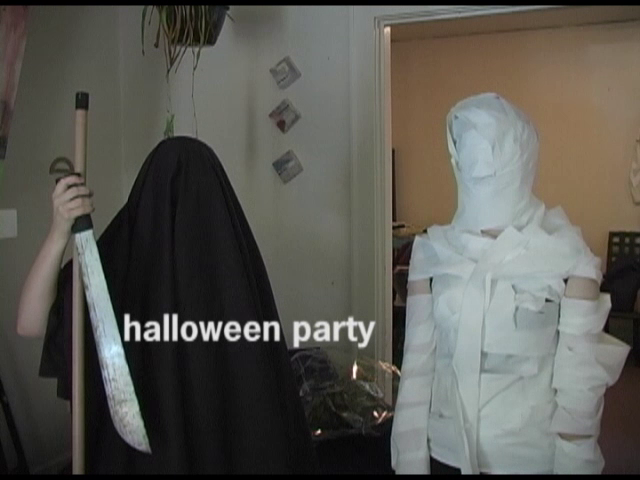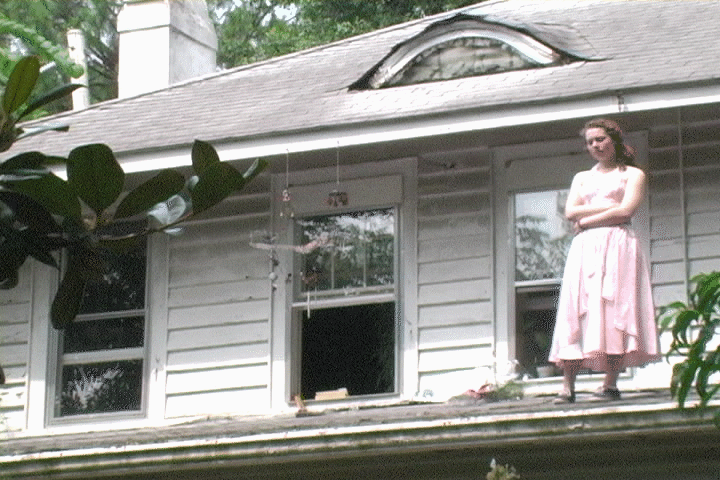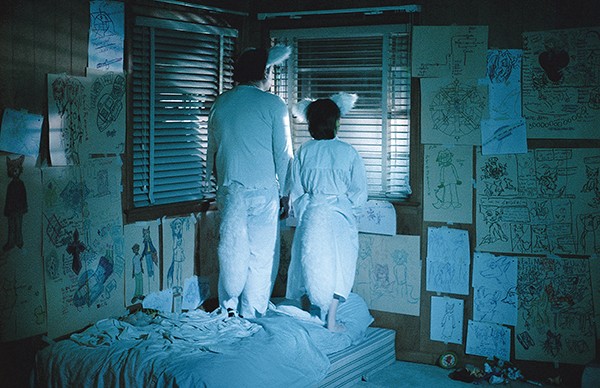
Morgan Jon Fox and Alanna Stewart in Rukus
[I first wrote about Brett Hanover’s radical documentary Rukus for last year’s Indie Memphis cover story. The film went on to win Best Hometowner Feature at the festival. Now, to celebrate its online release, the film gets an encore Indie Memphis screening at Studio on the Square on Wednesday, October 16th at 7 p.m.
Hanover’s full interview for the cover story last year was brilliant, so I have expanded my original story with new quotes about this remarkable film and the decade-long journey of self-discovery that produced it.]
Brett Hanover’s first documentary short “Above God” premiered at Indie Memphis 2006. The subject of “Above God” was Gene Ray, who became one of the first internet celebrities when his strange website filled with borderline nonsensical ramblings about a “Time Cube” went viral. “I was interested in internet cultures,” says Hanover, who was 16 years old when he made the film. “I was interested in how this one guy’s words got spread and interpreted by so many people.”
Another internet subculture that fascinated Hanover was that of furries, a small group devoted to dressing up in elaborate costumes that transformed them into anthropomorphic animals. Back then, furries were picked out for ridicule as weirdos with an incomprehensible sexual fetish. But Hanover saw something deeper in their endless Livejournal posts and secretive conventions.“As it evolved, and as it opened up to the internet, it became less focused on anthropomorphic comic books and more focused on having your own anthropomorphic avatar that people were playing online or with costumes. Then it became the site of identity play. Without being directly connected with mainstream LBGTQ culture, it got people thinking about their identities in the same way, almost in parallel. Now there’s a ton of crossover there. It’s interesting, because it used different kind of artwork, different ways of representing the body, different identity. It got to a similar place.
“The characters in furrydom are similar to other ways of using masks or clown personae throughout history. This is in the in-between space. Furries aren’t usually dressing up purely as a character, it’s a character based on you. You’re not dressing up as a Disney character. There’s an element of, ‘it’s me, but it’s not me.’ There’s also an element that is very tactile, but you’re playing a cartoon. It’s somewhere between performance and puppetry, between being the subject and being the object. It’s right on that boundary that a lot of theater traditions dance on.”
A mutual friend introduced him to a person in the online furry community who called himself Rukus. “Initially, when I first met him, I had a lurid fascination with what he was writing, because it was really intense, personal and raw. I was totally enamored of that. It was a way for me, someone who — as a teenager — had a lot of hangups around things that were sexual, a way to look at furry and exploring it vicariously through his life as a documentary filmmaker at age 17. When I say I am a documentary filmmaker, what does that mean at that point? It means a way to relate to somebody at a distance. I also think I had a crush on him.”
But Hanover soon discovered that Rukus was different things to different people. Little of his life story checked out, and he maintained a number of conflicting online personae.“It became an interesting mystery, to figure out what was real and what was embellished…If he’s not telling the truth about something, that means he’s not telling the truth about it for a reason. It says something about him.”

Director Brett Hanover
Hanover and Rukus became online friends, and even met in person after a Memphis furry convention. But eventually they drifted apart, and in 2008, Hanover got word that Rukus had committed suicide. “He was a survivor of trauma, he had been struggling with mental health issues his whole life,” Hanover says. “I became very obsessed with finding every trace of him online.”
In 2008, Hanover, with the help of his collaborators Alanna Stewart and Katherine Dohan, set out to make a documentary about Rukus and the online world where he had found connection. But Rukus could not be a conventional film. “The more I read through all his things, the more I wanted to tell the story from my perspective, and have it be very clear that this is a partial view of Rukus. That view is very much skewed, but it at least shows the audience the way it’s skewed…If I’m going to make a documentary about someone else that’s really personal, I need to do the same thing with myself. I had not done that, put myself into my other films.”
Hanover continued to work on Rukus for a decade, a time in which he went to college and became a teacher of film and media. “I never gave up. I despaired and agonized plenty. I feel like there’s ways in which the film took too long, just by virtue of being a perfectionist, and moving across the country for a new job, and stuff like that. But there’s also ways in which it needed to take that much time…Having a few years distance on things really helped. There was an outline in the beginning, but it was being written as it went along. Early on, I did an interview with Rukus’ boyfriend, and wrote and shot some scenes based on that. Some of them didn’t work out that well, so a few years later I interviewed Rukus’ boyfriend again and told him what had gone wrong with those scenes, and asked him to reflect on that. Then I wrote more scenes based on that. It became a feedback process with the subjects.”

Hanover and Stewart co-wrote and acted in many of the staged sequences, some of which reflected the ups and downs of their own relationship “During the time we were shooting, part of the time we were in a relationship, and part of the time we weren’t in a relationship any more, but we were still friends and collaborators. It was a lot of stuff like, we just worked through something in our relationship, and now we’re going to write a scene about it, and play out the scene, and now we realize that something else is wrong with the scene, and that something is also wrong in real life. It turned into a psychodrama for a couple of years.”
The finished film is a kaleidoscope of documentary and narrative, sincere and put-on, real and fake. “The reason it’s like that is that everyone who is in it has different personae, who are all sort of real depending on what media they’re using to communicate, or who their audience is. Rukus had all these different characters that he would use. I think now, there’s more of a sense of, here’s your real identity, and if you’re pretending to be something else online, that’s fake. Back then, it was understood that these different facets of you would be expressed through different identities.
“I think the closest you can get to capital-T Truth in a documentary is to show your perspective. Give people a sense of your own biases, of how the thing you’re watching is being framed. Making myself into a character is a way of doing that, as opposed to saying that this is the story of Rukus. Which it’s not. It’s the story of Rukus told by this kid who was still figuring out his own story.”
Rukus (Trailer) from Brett Hanover on Vimeo.
Inside The Furry World of Brett Hanover’s Radical Documentary Rukus
